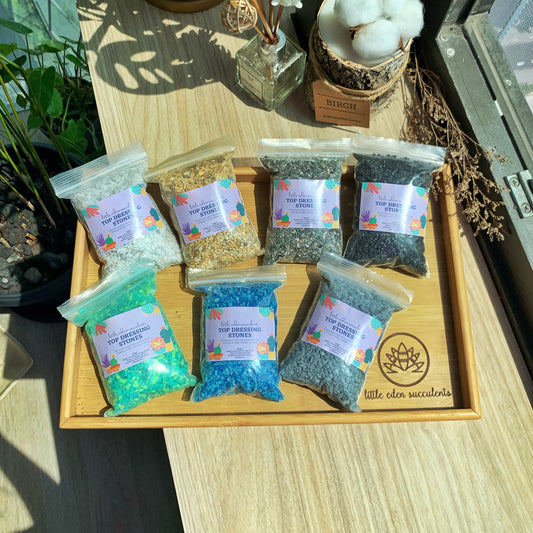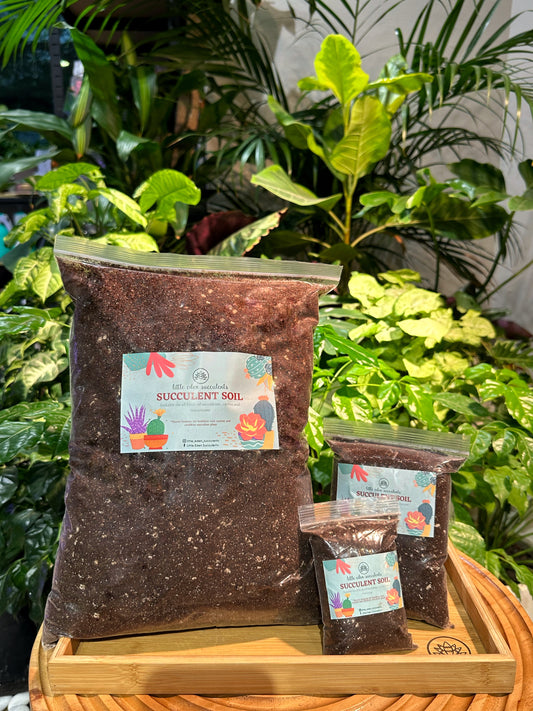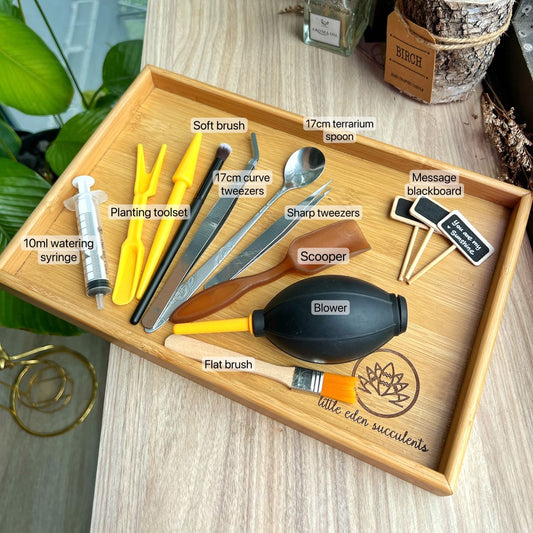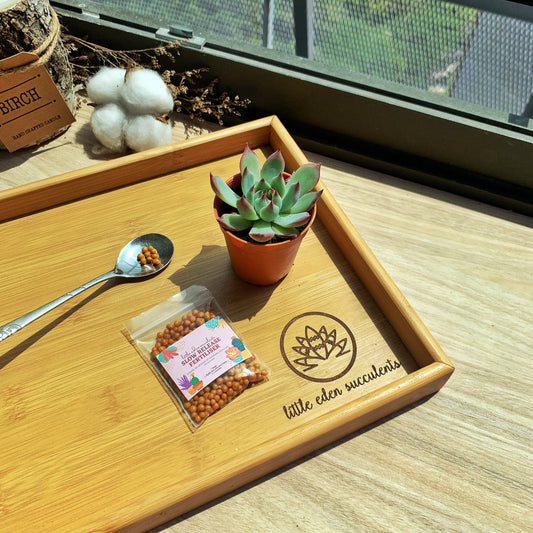Introduction
Fertilizing plants is a topic that sparks debate among gardeners. In this article, we will explore the pros and cons of fertilizing, provide tips for fertilizing succulents, and discuss suitable fertilizers. Whether to fertilize or not ultimately depends on personal preferences and desired outcomes.
Table of Contents
- Understanding the Benefits and Drawbacks of Fertilizing
- Recommended Fertilizing Frequency for Succulents
- Types of Fertilizers Suitable for Succulents
- Applying Slow-Release Fertilizers
- Applying Liquid Fertilizers
- Conclusion
Understanding the Benefits and Drawbacks of Fertilizing
Fertilizing plants offers benefits such as faster growth and enhanced vitality. However, it's important to consider the potential drawbacks. Some gardeners appreciate the natural, darker or greener tone that plants exhibit without fertilizers. Ultimately, the decision to fertilize depends on personal aesthetic preferences and desired plant outcomes.
Recommended Fertilizing Frequency for Succulents
For succulents, fertilizing once a month is generally sufficient. This allows for balanced nutrient absorption and avoids overfertilization. Finding the right balance is crucial, as too much fertilizer can harm the plants and lead to nutrient imbalances.
Types of Fertilizers Suitable for Succulents
When it comes to fertilizers for succulents, two main types are recommended: slow-release fertilizers and liquid fertilizers. Slow-release fertilizers, typically small beads, provide long-lasting effects and dissolve gradually over 1-3 months. On the other hand, liquid fertilizers offer more immediate results.
Applying Slow-Release Fertilizers
To apply slow-release fertilizers, take a small pinch of fertilizers (around 4-6 beads) and gently poke them into the soil using a toothpick. Make sure the beads are fully covered by the soil for optimal nutrient absorption and to prevent staining from colored beads.
Applying Liquid Fertilizers
For liquid fertilizers, dilute a full bottle cap of the fertilizer with 500ml of water. Spray the solution onto the soil until it is thoroughly wet. However, avoid watering the plants for a week after fertilizing to allow the fertilizers to penetrate the soil effectively without being washed away too quickly.
Conclusion
Fertilizing plants is a personal choice that comes with pros and cons. Consider the benefits of enhanced growth and vitality against the natural aesthetic appeal of unfertilized plants. For succulents, fertilizing once a month is recommended. Choose between slow-release or liquid fertilizers based on your desired effects. Apply fertilizers carefully and follow the instructions to avoid overfertilization. By understanding the nuances of fertilizing, you can make informed decisions that promote the health and beauty of your plants.
Interested in getting fertilisers from us? Click here!





